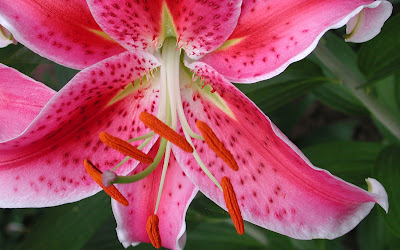Though there are many wallpaper sites on the Internet, few of them provide quality wallpapers in widescreen format. Instead of spending hours trying to find a great wallpaper for your monitor, here's an easy way you can make your own widescreen wallpaper for free using public domain images.
First you need to navigate over to a United States government website for one of the armed forces (like the Navy). Once there, find their photo library and browse till you find an image you like. The images on these sites are public domain and can be used freely. Once you've found your image, download a high-res version and save that image to your computer.
Using a graphics program like Photoshop, open the picture you downloaded. Once the image is loaded, select the crop tool. Set the crop settings to a standard widescreen resolution like 1680 x 1050 (make sure it is a resolution your monitor supports). Use the mouse and drag the crop outline over the most visually striking part of the image. When you're happy with the selection, double click and the image will be cropped to 1680 x 1050. Great job!
I typically do other important processing steps like level adjustments, saturation, and sharpening. Many images are just put up on the sites without any processing and you can make some dramatic enhancements. When you're done making your adjustments, select Save As and save your new widescreen wallpaper!
The easiest way to load your new wallpaper as your desktop background is to use Explore and find the image. Right click on the file and select "Set As Desktop Background". Do that and you have a brand new widescreen wallpaper on your monitor.
With a little effort you can find many outstanding images that will make great widescreen wallpapers.






















































